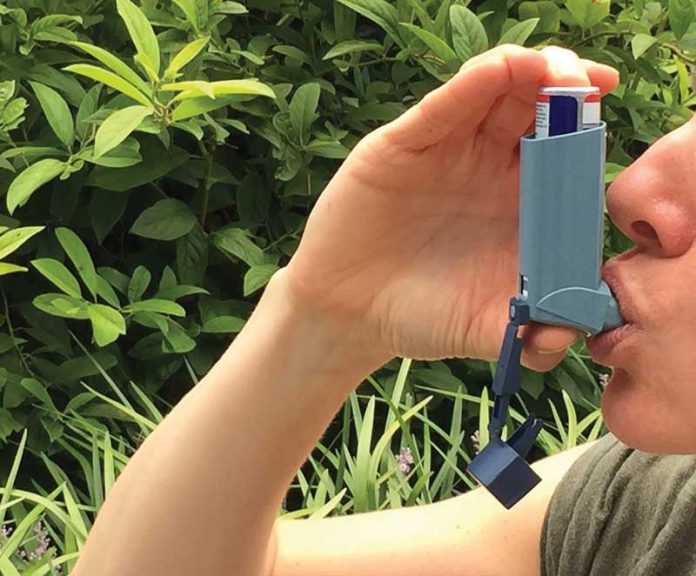
With pollen levels forecast to peak over these next few weeks, people are being urged to make sure they’re aware of the symptoms of asthma and know when to call for help.
Thunderstorm asthma season officially runs from October to the end of December, but the peak risk occurs around the middle of November. The Bureau of Meteorology says pollen will be high early this week and thunderstorms are forecast during the week.
Asthma, seasonal hay fever and COVID-19 have some symptoms in common. Symptoms of hay fever include a runny or itchy nose, sneezing, and itchy, watery eyes while asthma symptoms including wheezing, breathlessness, a tight chest and persistent cough. COVID symptoms also include a runny nose, tight chest and cough.
If you suffer from seasonal hay fever, you are at increased risk of asthma developing during a thunderstorm asthma event, so speak to your GP or pharmacist about treatment and whether you need to have an asthma preventer.
If possible, go inside your house or car and close your doors and windows. If you have an air conditioner, switch it on to recirculate the air.
Don’t hesitate to call Triple Zero (000) if you or someone near you is experiencing symptoms such as obvious difficulty breathing, coughing or wheezing, unable to speak a full sentence in one breath or reliever medication isn’t lasting as long as usual.
Thunderstorm asthma occurs when whole pollen grains are swept up into the clouds as a storm matures. Moisture in the clouds breaks the pollen into smaller particles which are then blown to ground level where they can be breathed deeply into the lungs. This makes it difficult to breathe and can result in the sudden onset of severe asthma symptoms such as wheezing, chest tightness and coughing.





